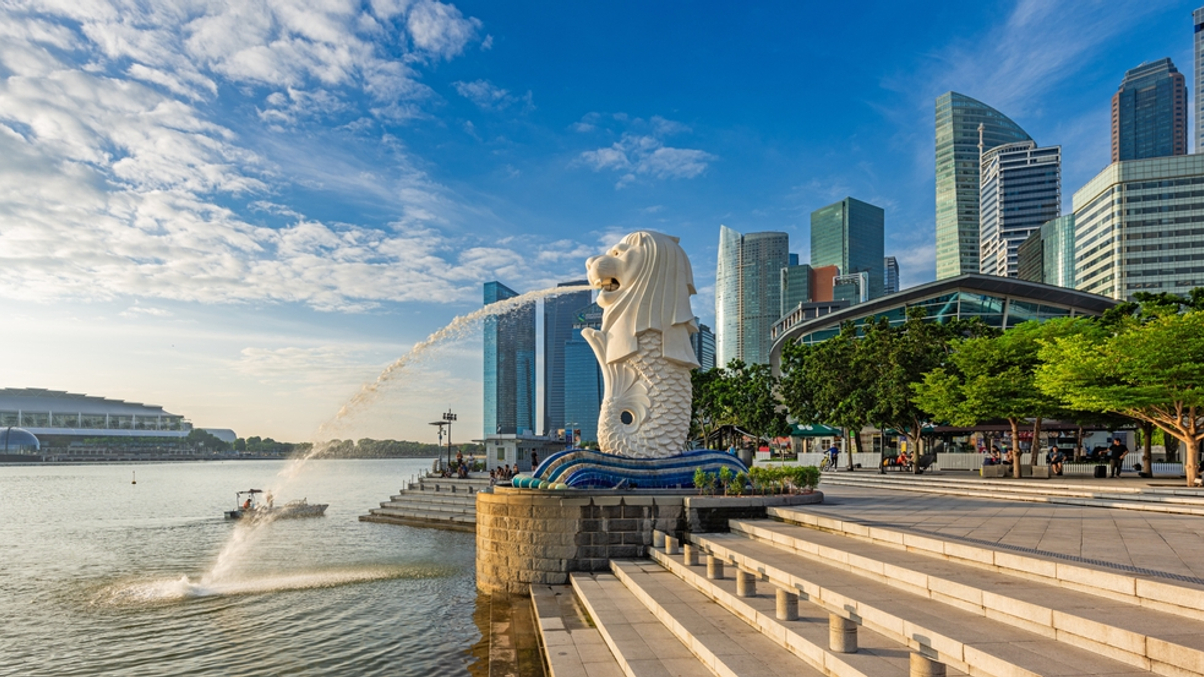Temasek-backed Pentagreen sees rapid progress in blended finance
With blended finance poised to gain a lot more traction in Asia, Temasek- and HSBC-backed Pentagreen Capital is betting big on the future of this innovative model, its CEO tells AsianInvestor.

Singapore-based lender Pentagreen Capital is pinning high hopes on the growing momentum in blended finance.
Sign in to read on!
Registered users get 2 free articles in 30 days.
Subscribers have full unlimited access to AsianInvestor
Not signed up? New users get 2 free articles per month, plus a 7-day unlimited free trial.
¬ Haymarket Media Limited. All rights reserved.


